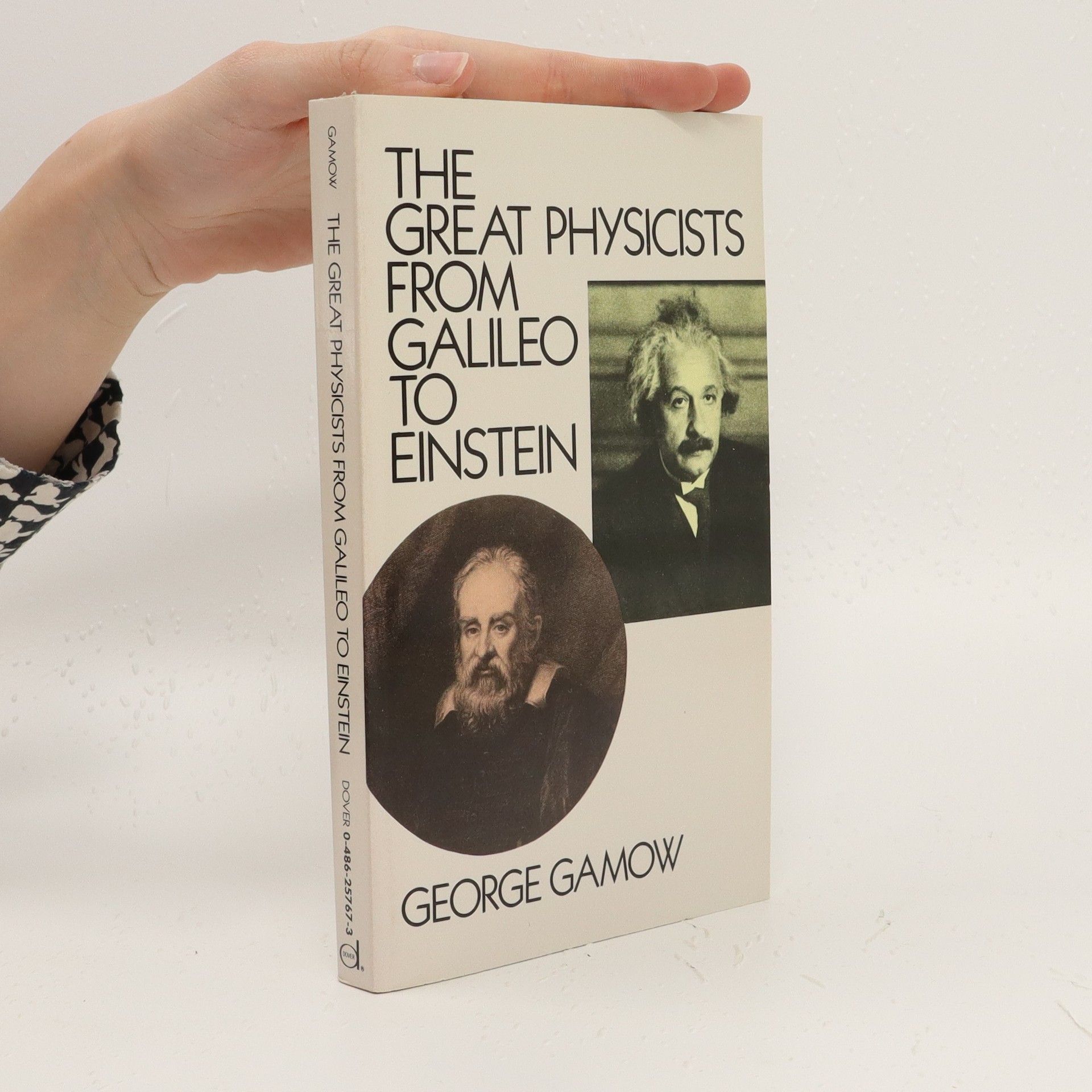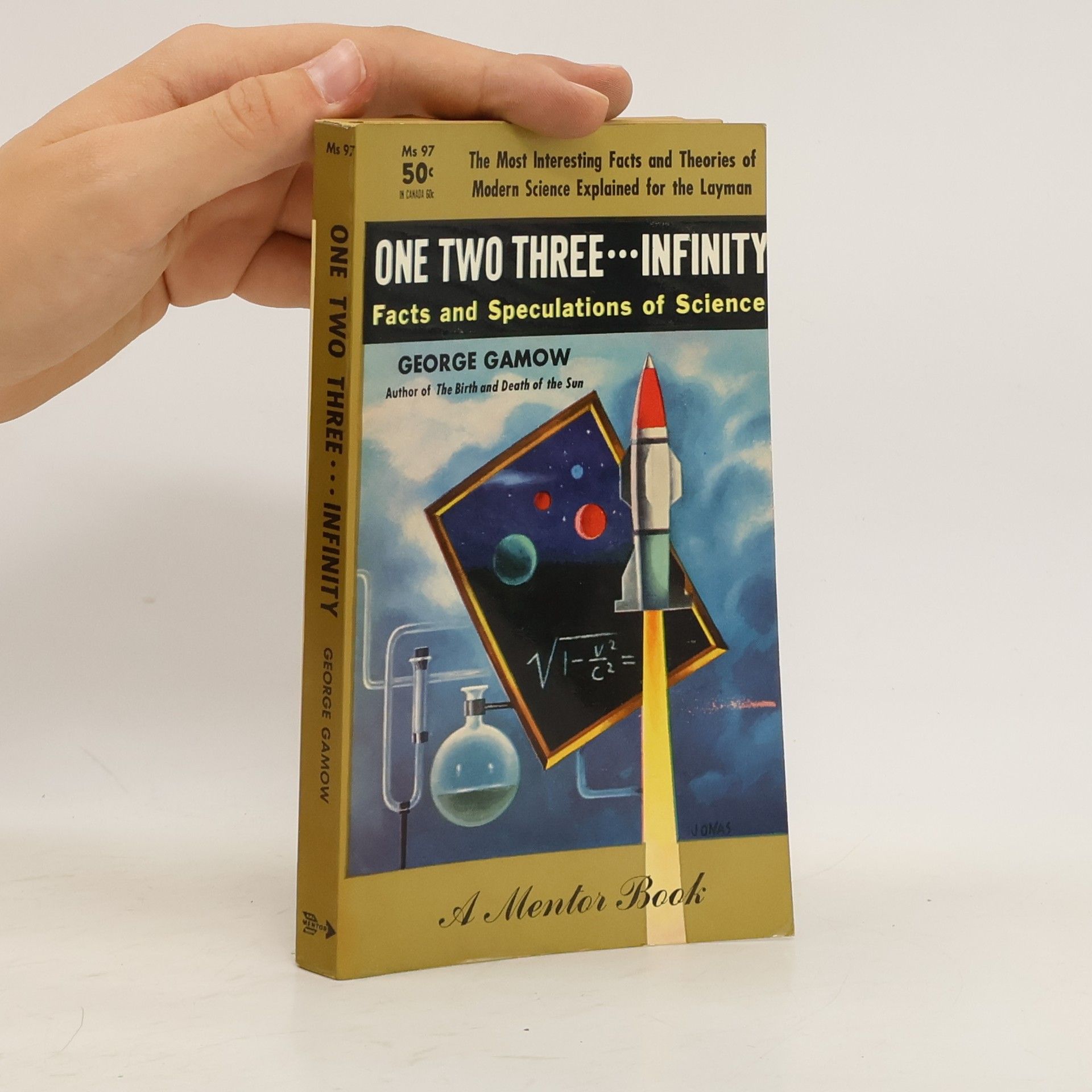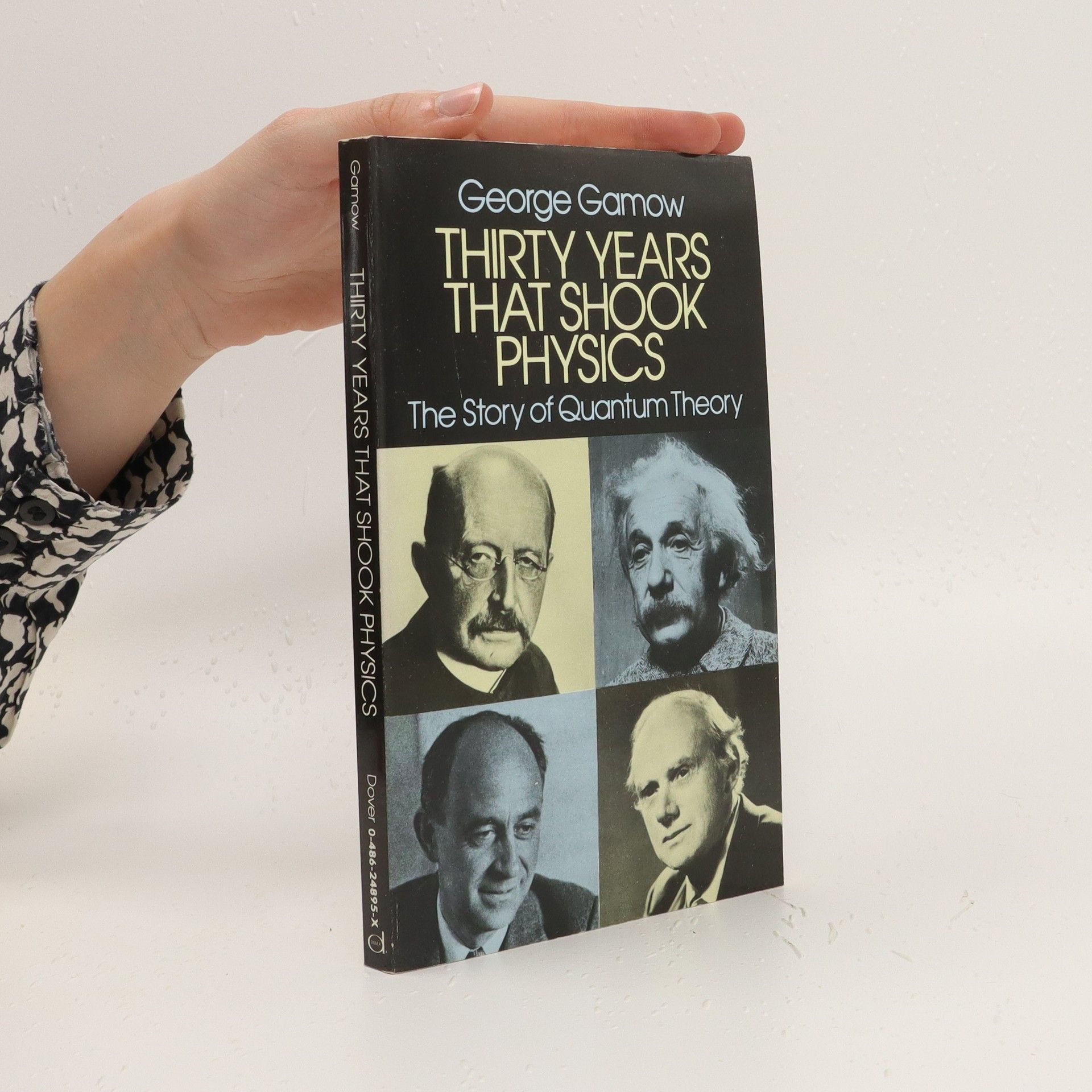The New World of Mr Tompkins
- 270 pages
- 10 hours of reading
An inspirational introduction to the physics of the twenty-first century. schovat popis
George Gamow was a theoretical physicist and cosmologist renowned for his foundational work on radioactive decay and stellar formation. His discovery of alpha decay via quantum tunneling profoundly altered our understanding of subatomic physics. Gamow also delved into the origins of the universe, investigating star formation, stellar and early-universe nucleosynthesis, and the cosmic microwave background. His theories have shaped modern cosmology and astrophysics.







An inspirational introduction to the physics of the twenty-first century. schovat popis
Neformální autobiografie slavného fyzika ruského původu.
George Gamow, uno de los físicos más brillantes de cuantos en el siglo XX se han interesado por la cosmogonía, expone en “La creación del universo” la que se considera teoría clásica para explicar un universo en expansión a partir de un origen en el tiempo. Con las aportaciones de esta teoría se ha encontrado una explicación para los más sorprendentes descubrimientos de la astronomía, y físicos vanguardistas como Stephen Hawking han partido de ella para desarrollar sus propias hipótesis. En esta obra se exponen con detalle y claridad todos los argumentos que, basados en investigaciones de la astrofísica, sustentan la teoría del Big Bang.
Mr Tompkins has become known and loved by many thousands of readers (since his first appearance over fifty years ago) as the bank clerk whose fantastic dreams and adventures lead him into a world inside the atom. George Gamow's classic provides a delightful explanation of the central concepts in modern physics, from atomic structure to relativity, and quantum theory to fusion and fission. Roger Penrose's new foreword introduces Mr Tompkins to a new generation of readers, and reviews his adventures in the light of current developments in physics today.
Outstanding text by one of the 20th century's foremost physicists dramatically explains how the central laws of physical science evolved, from Pythagoras' discovery of frequency ratios in the 6th century BC to today's research on elementary particles. Includes fascinating biographical data about Galileo, Newton, Huygens, Einstein and others. 136 illustrations.
Zábavná populárně naučná knížka s prvky sci-fi, kde je laikovi zábavnou formou představena teorie relativity i kvantová fyzika. Útlá, vtipná a zábavná populárně vědná knížka autora je vzácným příkladem zasvěcené popularizace z pera předního odborníka, představitele silné generace amerických fyziků 50. let. Na příběhu jakési snové broučkiády, kterou prožívá pan Tompkins, jeho žena Maud a jeden profesor fyziky v podivné zemi, kde se například mění čas a prostor, vykládá autor laikovi srozumitelným způsobem některé obtížné partie moderní fyziky, teorii relativity a kvantovou fyziku.
Lucid, accessible introduction to the influential theory of energy and matter features careful explanations of Dirac's anti-particles, Bohr's model of the atom, and much more. Numerous drawings. 1966 edition.
Die Lekture der insgesamt funfzehn Kapitel uber die erlebten Traume des Mr. Tompkins in seinem Versuch, moderne Wissenschaft zu verstehen, ist ein Hochgenuss, hauptsachlich wegen der uberraschenden Geistesblitze, die dem Autor - einem in die Physikgeschichte eingegangenen Wissenschaftler - eingefallen sind.
Grenzfragen d. modernen Wissenschaft verständlich dargest